Have you ever reached out to snuggle your cat, only to be met with a gentle push away or a twitch of the tail? It’s a classic cat lover’s heartbreak—you want all the cuddles, but your mysterious feline friend has other ideas. Many cat owners think their furry companions are aloof or unfriendly, but the truth is far more intriguing. Cats have delicate ways of telling us, “I love having you around, but please, respect my space.” These signals are easy to miss, and misreading them can turn bonding time into a game of cat and mouse—literally. Understanding these signs not only deepens your bond but also shows just how much your kitty cares in their own unique way. Let’s uncover the secret language of cats and learn how to recognize when your feline says, “Stay close, but not too close.”
The Slow Blink: A Whispered “Hello”

When your cat sits nearby and gives you a slow, deliberate blink, it’s almost like they’re blowing you a kiss from across the room. This gesture signals trust and affection, but it’s also a gentle boundary. They want your company, but not necessarily your hands on their fur. Imagine it as your cat’s way of saying, “I like having you around, but let’s keep it chill.” You might notice your cat does this when you’re both relaxing in the same space, enjoying a quiet moment together. It’s a beautiful, peaceful gesture that invites you to stay present without invading their personal bubble. Try giving a slow blink back—many cats appreciate this mutual sign of respect. It’s a magical, wordless conversation that says, “We’re good, just as we are.”
Sitting Just Out of Arm’s Reach
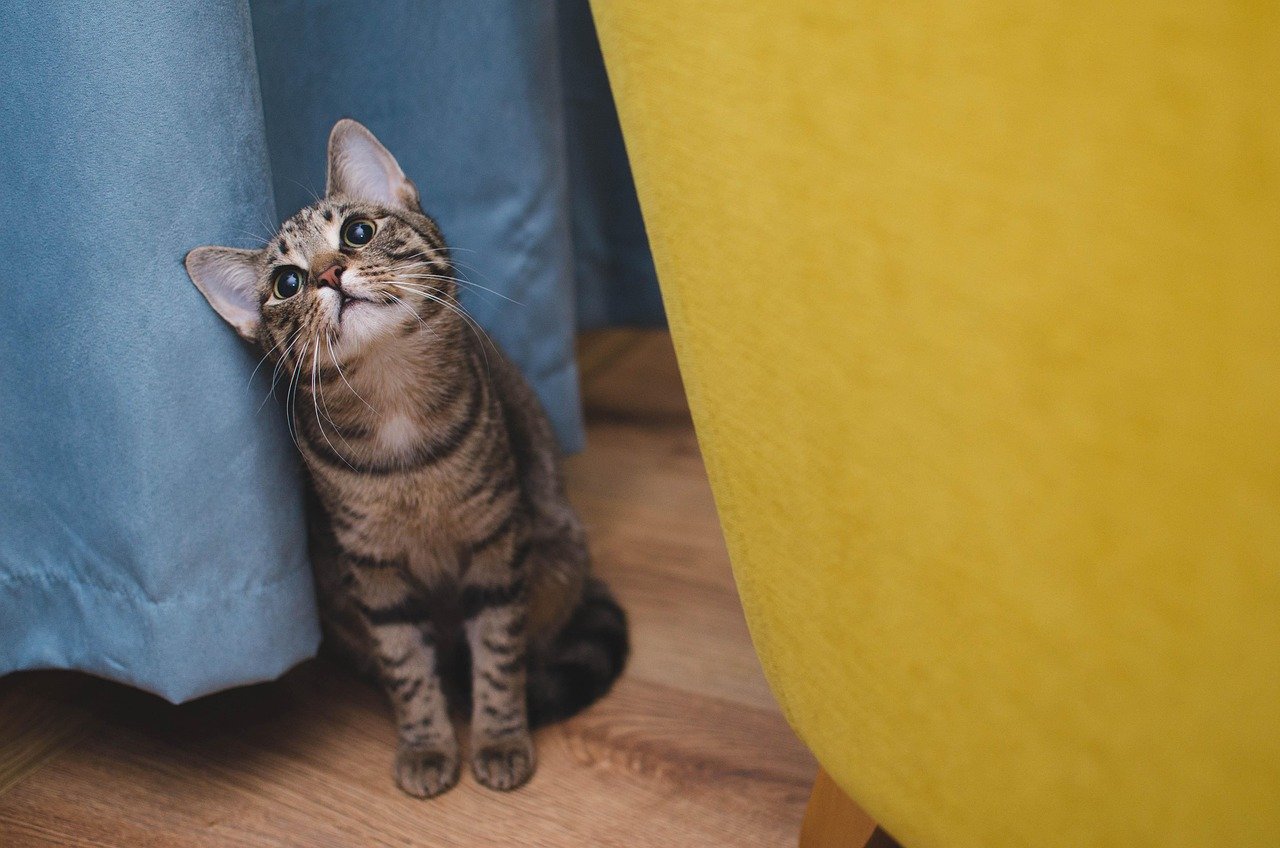
Does your cat often settle down close by but always a little too far away to touch? This is a clear signal: “I want to be near you, but not cuddled.” Cats are masters of personal space, and sitting a few feet away lets them soak up your presence while maintaining their independence. You might spot them perched on the arm of the couch or lying on the floor just outside your reach. It’s like they’re drawing an invisible line—they don’t want to be alone, but they’re not in the mood for snuggles either. This behavior is especially common in cats that have outgrown their kitten cuddliness but still crave their human’s company. Respecting this distance is key to keeping your cat happy and comfortable.
Purring Without Contact
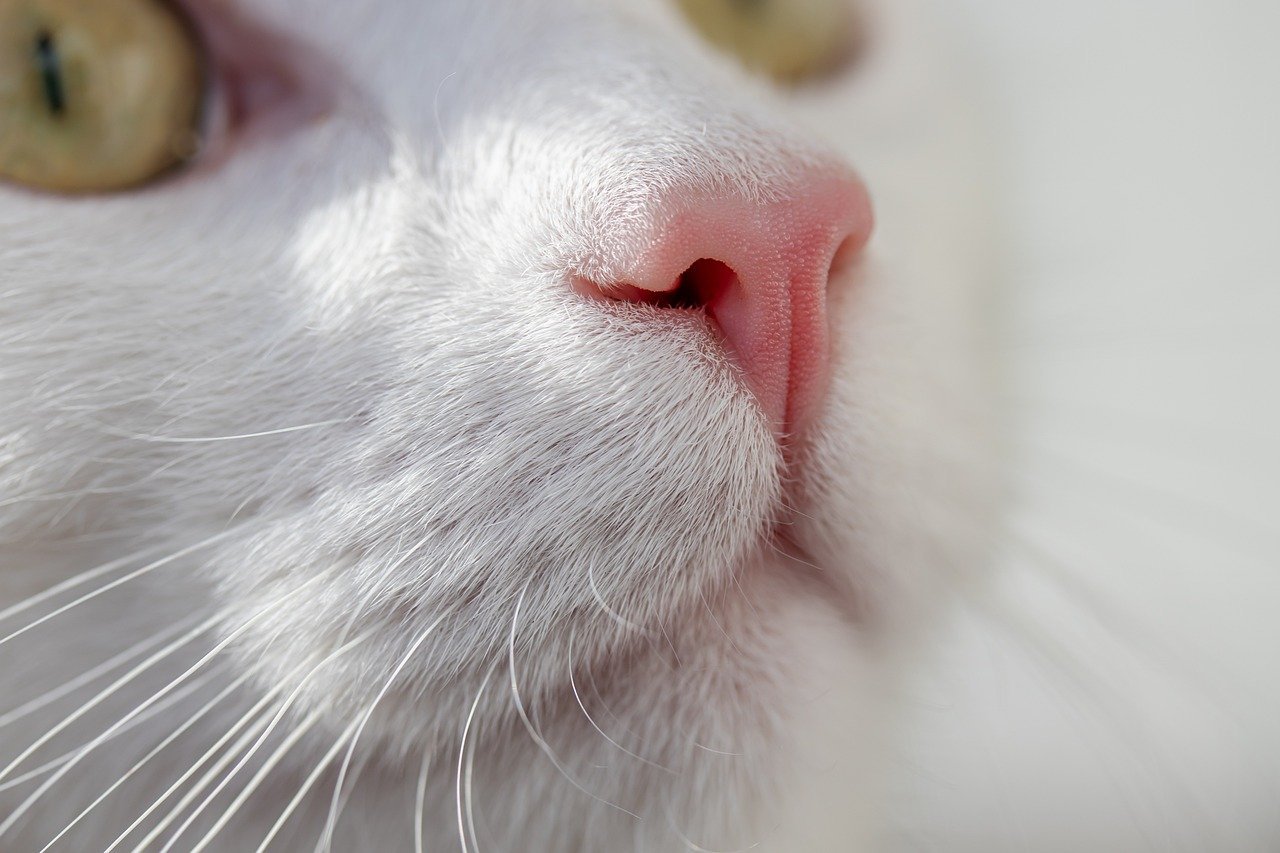
You might think purring is always an invitation for pets, but sometimes it’s a sign of contentment with the status quo. When your cat purrs while lying nearby but doesn’t approach, they’re expressing happiness just being in your presence. They’re saying, “I enjoy having you close, but I don’t need physical affection right now.” It’s like sharing a comfortable silence with a friend—no words, no touch, just happy togetherness. If you reach over to pet them and they move away or stop purring, that’s a gentle reminder to appreciate the moment as it is. Let your cat purr in peace, and you’ll both feel more connected.
The Tail Flick: Mixed Signals

A cat’s tail is like a mood ring—watch closely, and you’ll learn a lot. If your cat is lying near you and their tail begins to flick or thump, it’s a sign they’re starting to feel overstimulated. This isn’t a sign of anger, but more of a polite request for space. They want you close, but they’re not in the mood for petting or being picked up. Many cats will flick their tails if you reach out to touch them when they’re not ready. Think of it as a “not now, but don’t go far” message. Give them space when you see the tail flick, and they’ll appreciate your understanding.
Offering Their Back, Not Their Belly
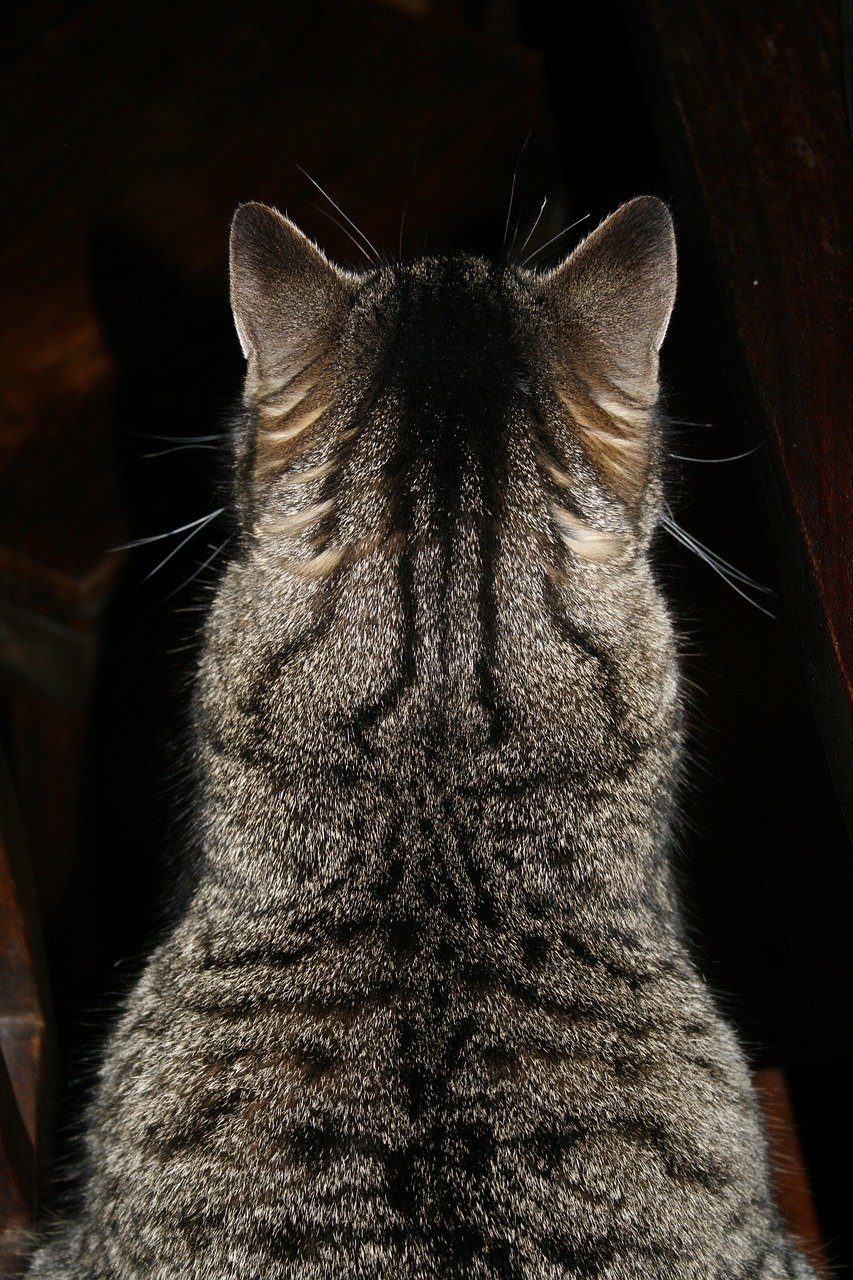
Some cats will turn their backs to you and settle down, almost as if they’re ignoring you. But in the cat world, this is a compliment—it means they trust you enough to relax with their guard down. However, it’s also a clear sign: “I’m comfortable with you near, but I don’t want to be petted.” It’s a bit like a friend who likes your company but doesn’t want to chat. Let your cat enjoy their downtime, and you’ll both benefit from the quiet companionship.
Chirps and Soft Meows from Across the Room

Have you ever heard your cat make a little chirp or trill when you walk by? This vocalization is often a friendly greeting or a way for your cat to acknowledge your presence. It’s a sweet, subtle invitation to share space, but not an invitation for touch. Soft meows and chirps can mean, “I see you, and I’m glad you’re here.” If your cat stays put and doesn’t approach, that’s your cue to admire them from afar. Responding with a gentle “hello” or a smile can strengthen your bond without crossing their boundaries.
Choosing a Nearby Perch

Cats love to observe their world from a safe, elevated spot. If your cat routinely chooses to perch on a chair, windowsill, or shelf close to where you are, it’s their way of staying involved without getting too close. These perches give them a sense of security and control—they can watch you, nap, or simply enjoy the view. It’s their version of hanging out at the edge of a party, soaking up the atmosphere without jumping into the crowd. Respect their chosen spot, and resist the urge to pull them onto your lap. Let them be the observers they are.
Grooming Themselves Nearby

When your cat starts grooming themselves within sight of you, it’s a sign of comfort and trust. They feel safe enough to let their guard down, but they’re also busy with their own self-care routine. This behavior says, “I want you here, but I’m doing my own thing.” It’s similar to reading a book with a friend in the same room—each of you is content in your own little world, but happy to share the space. Don’t interrupt their grooming with pets or cuddles; just enjoy the peaceful moment together.
Head Turns Away from Your Hand
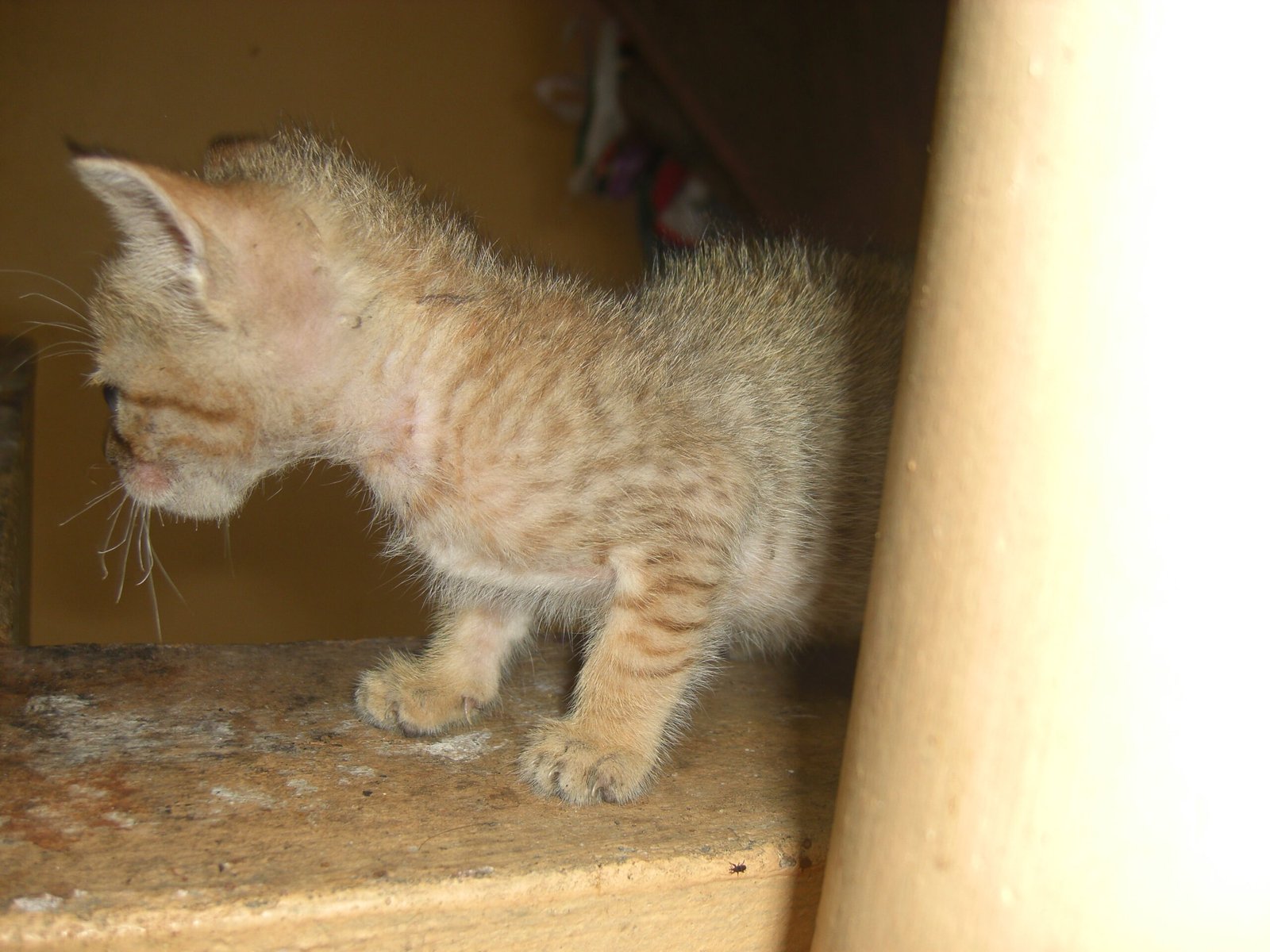
If you reach out to pet your cat and they gently turn their head away, it’s not a brush-off in the human sense. In fact, it’s a polite feline way of saying, “Not right now, but stay close.” Many cats do this when they want to remain near you but aren’t in the mood for petting. Instead of pushing for contact, respect their decision. This small gesture is actually a sign of trust—your cat feels safe enough to set boundaries.
Stretching Out with Paws Extended

A cat stretched out with their paws extended and body relaxed is clearly at ease in your presence. But if they’re just out of arm’s reach, it’s a subtle message: “I’m happy you’re here, but let’s keep it at this distance.” This position lets them monitor their surroundings without feeling crowded. It’s a compliment—they’re relaxed enough to expose their vulnerable belly but far enough away to avoid unwanted touch. Let your cat enjoy their stretch and admire them from where you sit.
Settling Between You and the Door

Some cats will lie down in a spot that’s between you and the nearest exit—almost like they’re keeping watch. This behavior shows they want to be near you and know your whereabouts, but they’re not inviting cuddles. It’s a protective instinct, mixed with curiosity and affection. Your cat is saying, “I care about you and want to know you’re safe, but I need my space.” Give them a nod of appreciation and let them hold their post in peace.
Positioning Themselves to Face You
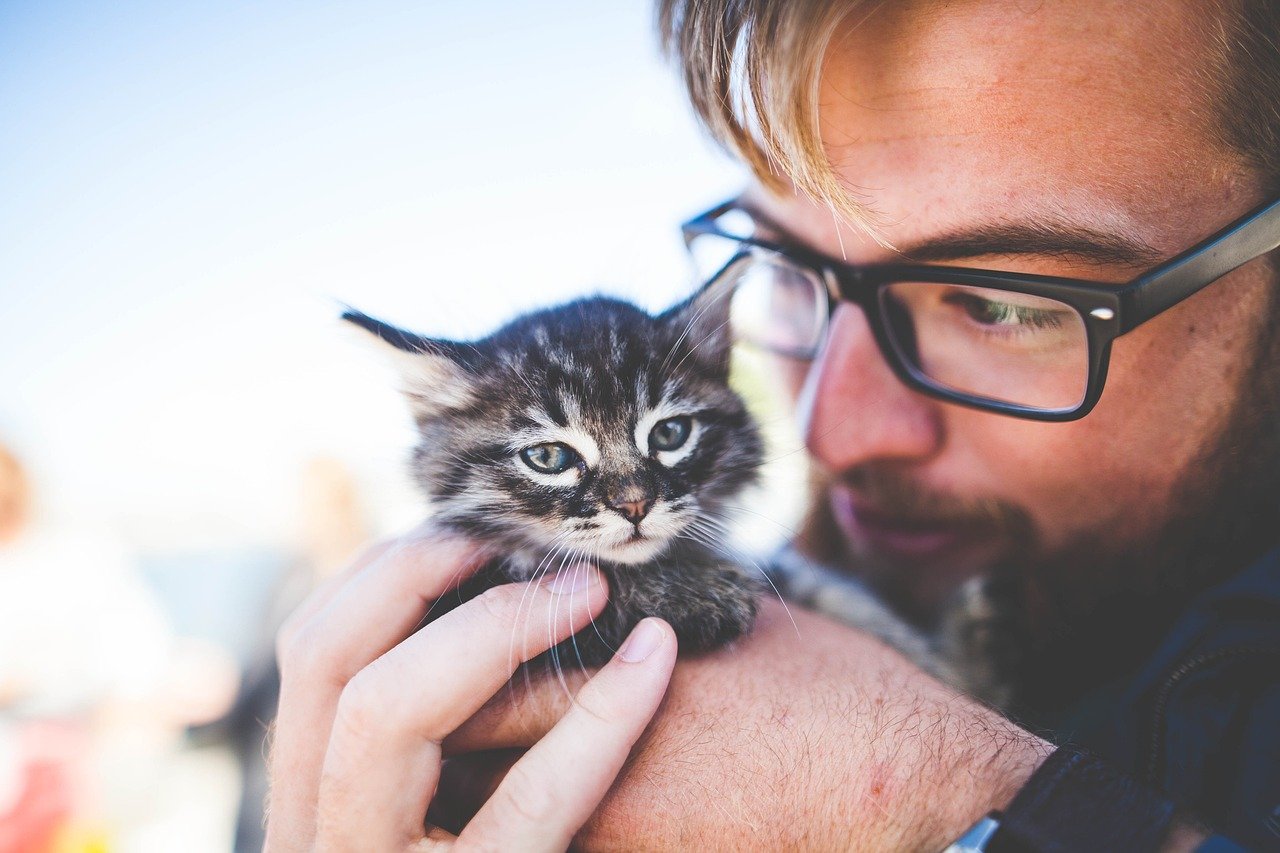
If your cat sits or lies facing you from a short distance, it’s a sign they want to stay connected without physical contact. This position lets them keep an eye on you while maintaining their independence. Many cats will do this when they feel affectionate but not touchy. It’s like a silent conversation, full of warmth but free of pressure. Enjoy the connection, and remember, sometimes the best company is just being together.
Pawing the Air Instead of You
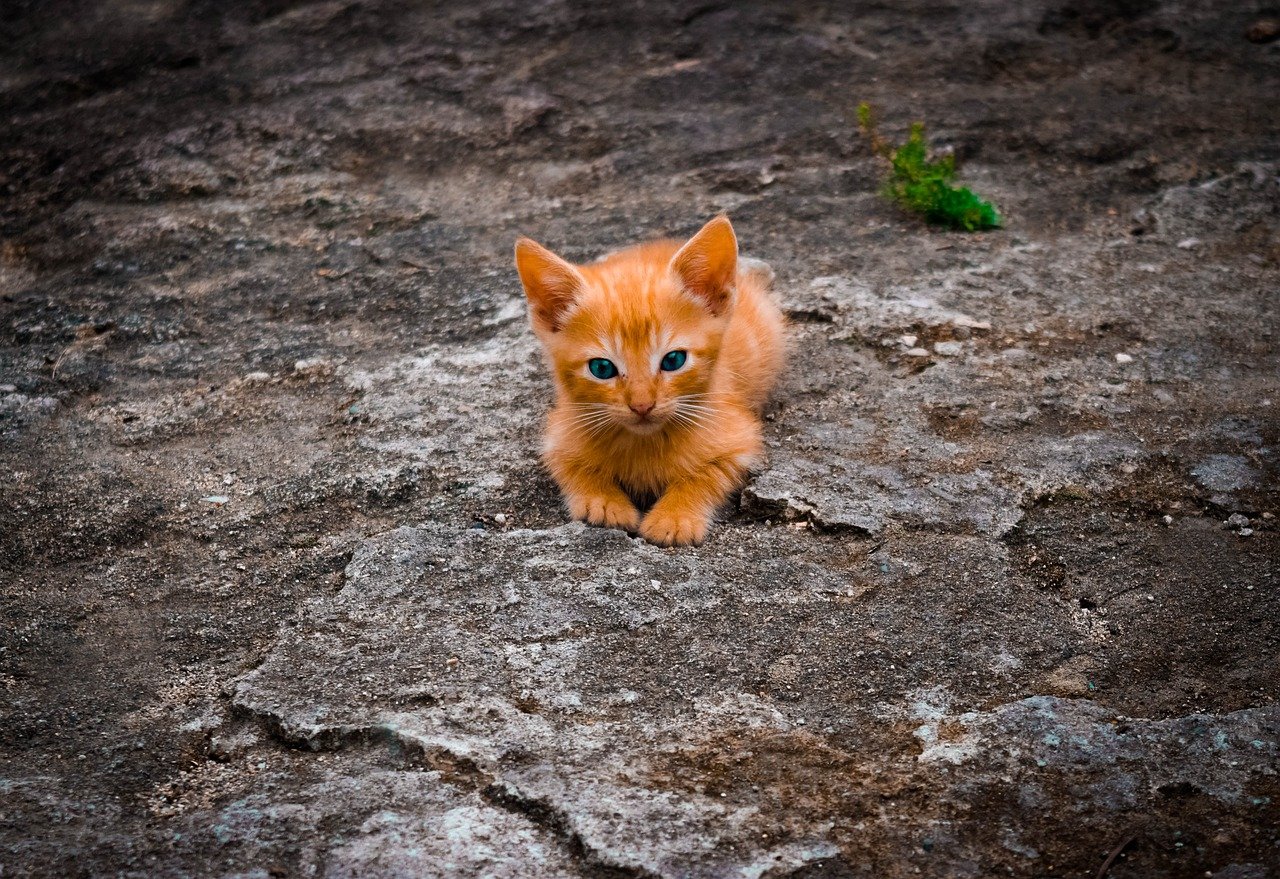
Some cats make an adorable gesture by pawing at the air near you rather than reaching out to touch you. This is a playful, gentle way of saying, “I like having you close, but let’s keep it light.” It’s a boundary, but a soft one. Cats use this signal when they’re feeling sociable but not in the mood for physical closeness. Respond with a soft voice or a smile, and your cat will feel understood.
Loafing with Eyes Half Closed

When your cat sits in the classic “loaf” position—paws tucked under, eyes half closed—they’re relaxed and enjoying your presence. But this tucked-in pose is also a sign they’re not ready for petting. They’re comfortable, but they’ve drawn a line on how close is close enough. It’s a picture of feline contentment, and you’re part of it just by being there. Let your cat loaf in peace, and take it as a compliment.
Yawning and Looking Away

A big yawn followed by your cat looking away is more than just a sign of sleepiness. It’s a communication tool—a way for your cat to say, “I’m relaxed, but I’m not in the mood for interaction.” This signal is especially common if you try to initiate play or petting when they’re not interested. Take the hint and enjoy the quiet moment together.
Nibbling or Licking Nearby Objects

Some cats will start nibbling or licking a blanket, pillow, or even their own paws when you’re close by. This self-soothing behavior is a sign of comfort, but also a distraction technique. They want you near, but they redirect their attention to avoid direct contact. It’s their way of saying, “I’m happy you’re here, but I’m busy with my own thing.” Let your cat enjoy their soothing ritual and simply be present with them.
Turning Ears Back, Not Flat
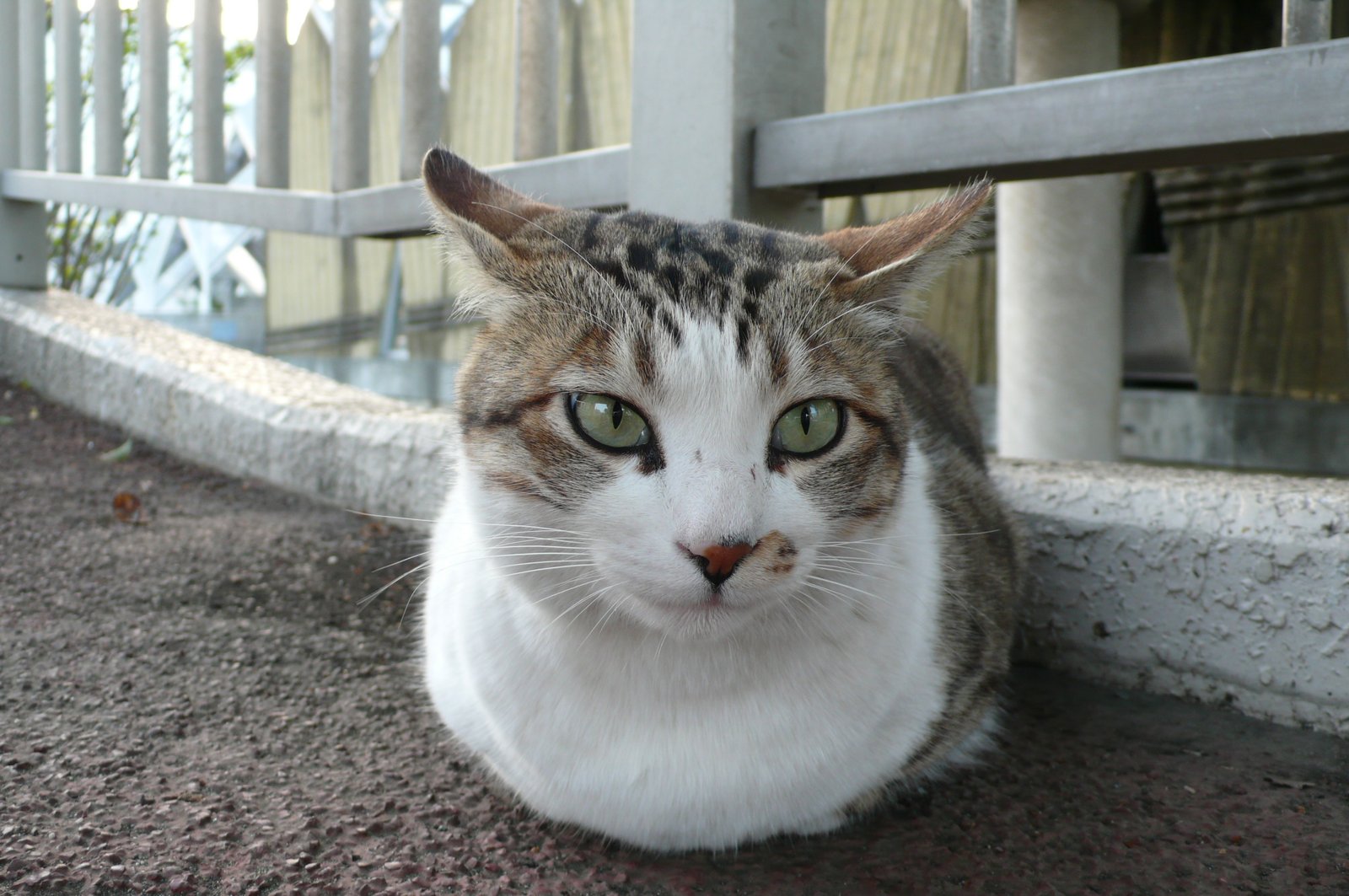
Ears that turn slightly back (but not flat against the head) are a subtle signal. Your cat is paying attention to you but isn’t feeling threatened—just cautious about how much interaction they want. If you notice this ear position, it’s best to give them space and avoid reaching out. This gesture means, “I’m aware of you, and I like having you close, just not too close.” Stay tuned in to these small cues, and your cat will feel respected.
Lying Near Shared Spaces

If your cat chooses to lie down in a spot you walk by often—like a hallway or the foot of your bed—it’s a sign they want to be part of your world. They’re not seeking touch, just your company. These shared spaces let them keep tabs on you and feel included without feeling crowded. Next time you spot them lounging in a high-traffic area, remember they’re inviting you to coexist in harmony.
Watching You from Afar

Sometimes, the most telling signal is a pair of watchful eyes tracking your every move from across the room. Your cat is deeply interested in what you’re doing, but they’re not ready to join in physically. This behavior is common in shy or cautious cats, and it’s their way of staying engaged without getting too close. Give them a friendly wave or speak softly—they’ll appreciate your acknowledgment.
Sleeping with You in Sight

A cat that dozes off somewhere they can see you is offering the ultimate compliment. They trust you enough to be vulnerable, but they still want to control the distance. This behavior means, “I want the comfort of your presence, not your touch.” Let your cat nap in peace and revel in the special bond you share—one built on mutual respect and understanding.
Hi, I’m Bola, a passionate writer and creative strategist with a knack for crafting compelling content that educates, inspires, and connects. Over the years, I’ve honed my skills across various writing fields, including content creation, copywriting, online course development, and video scriptwriting.
When I’m not at my desk, you’ll find me exploring new ideas, reading books, or brainstorming creative ways to solve challenges. I believe that words have the power to transform, and I’m here to help you leverage that power for success.
Thanks for stopping by, Keep coming to this website to checkout new articles form me. You’d always love it!






